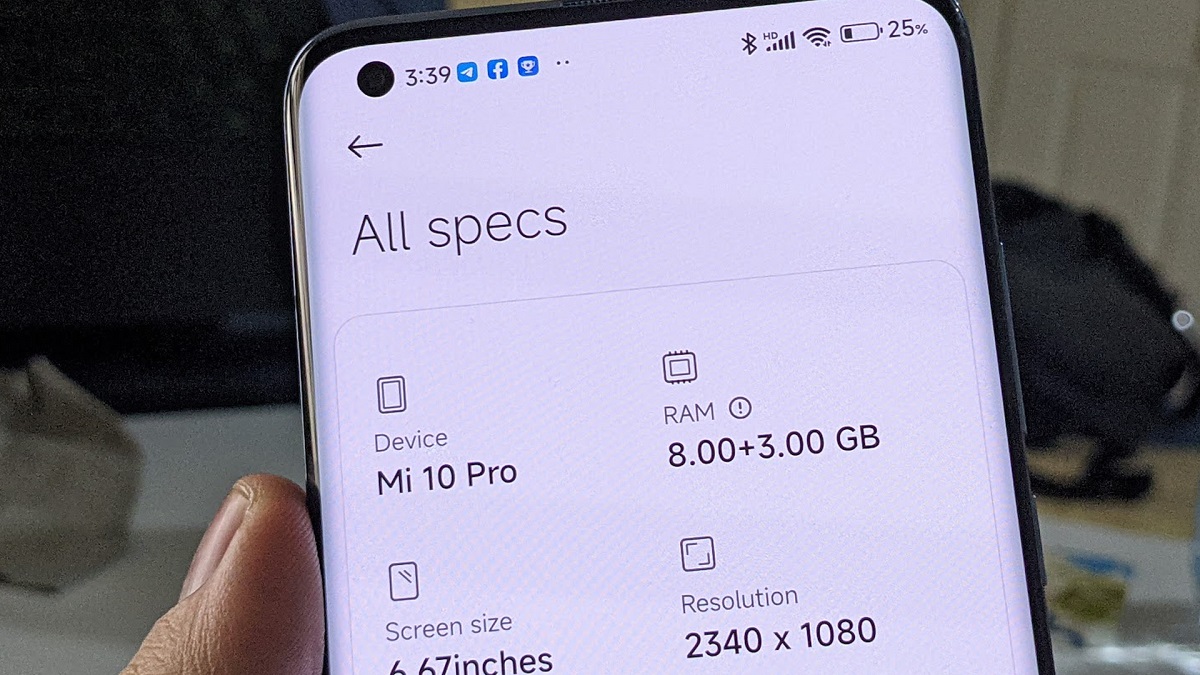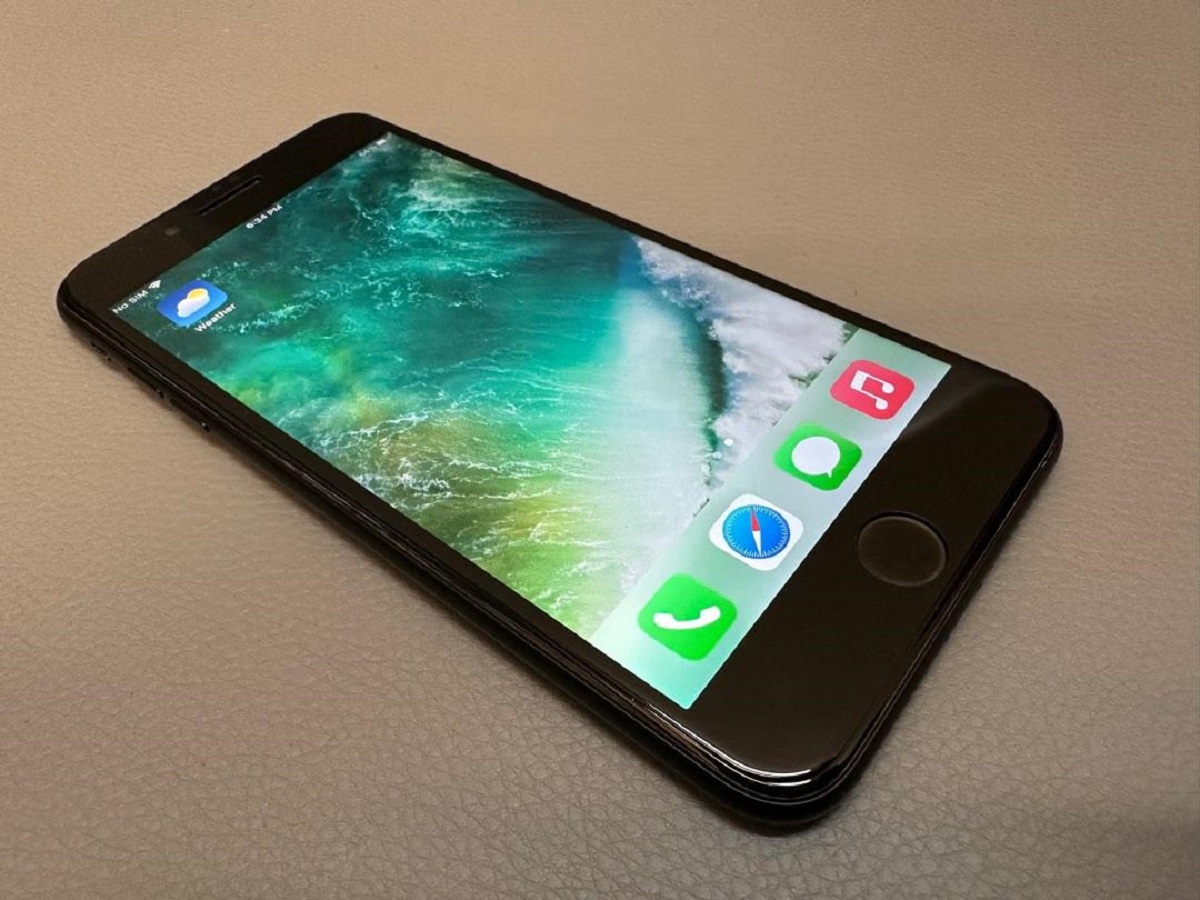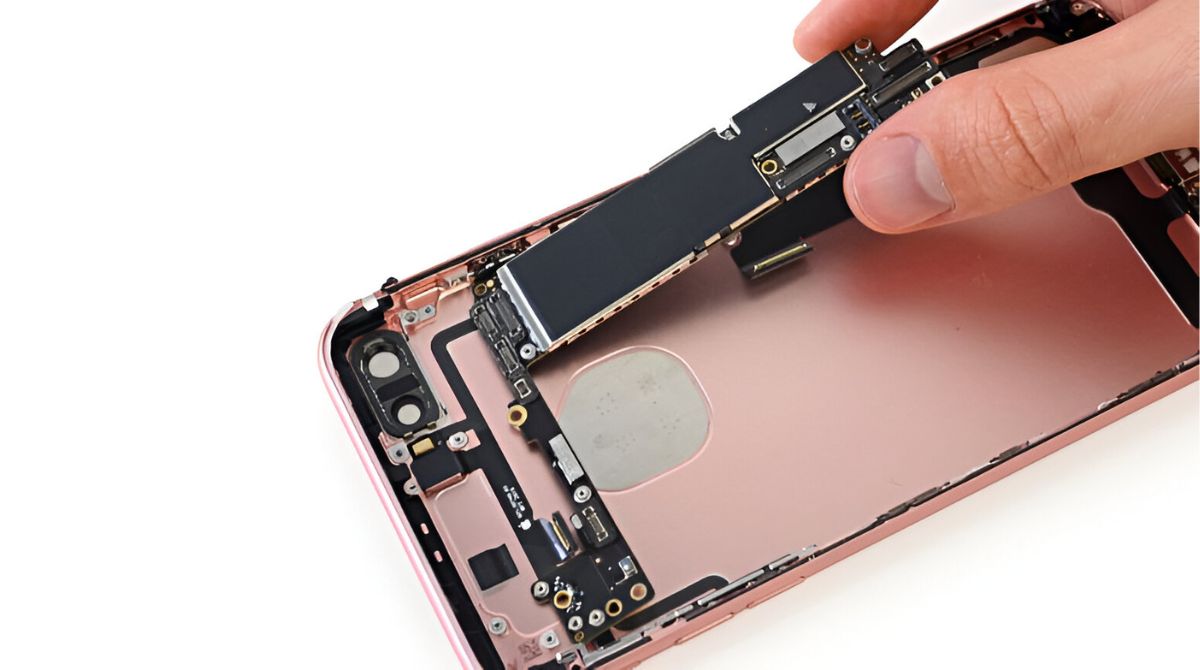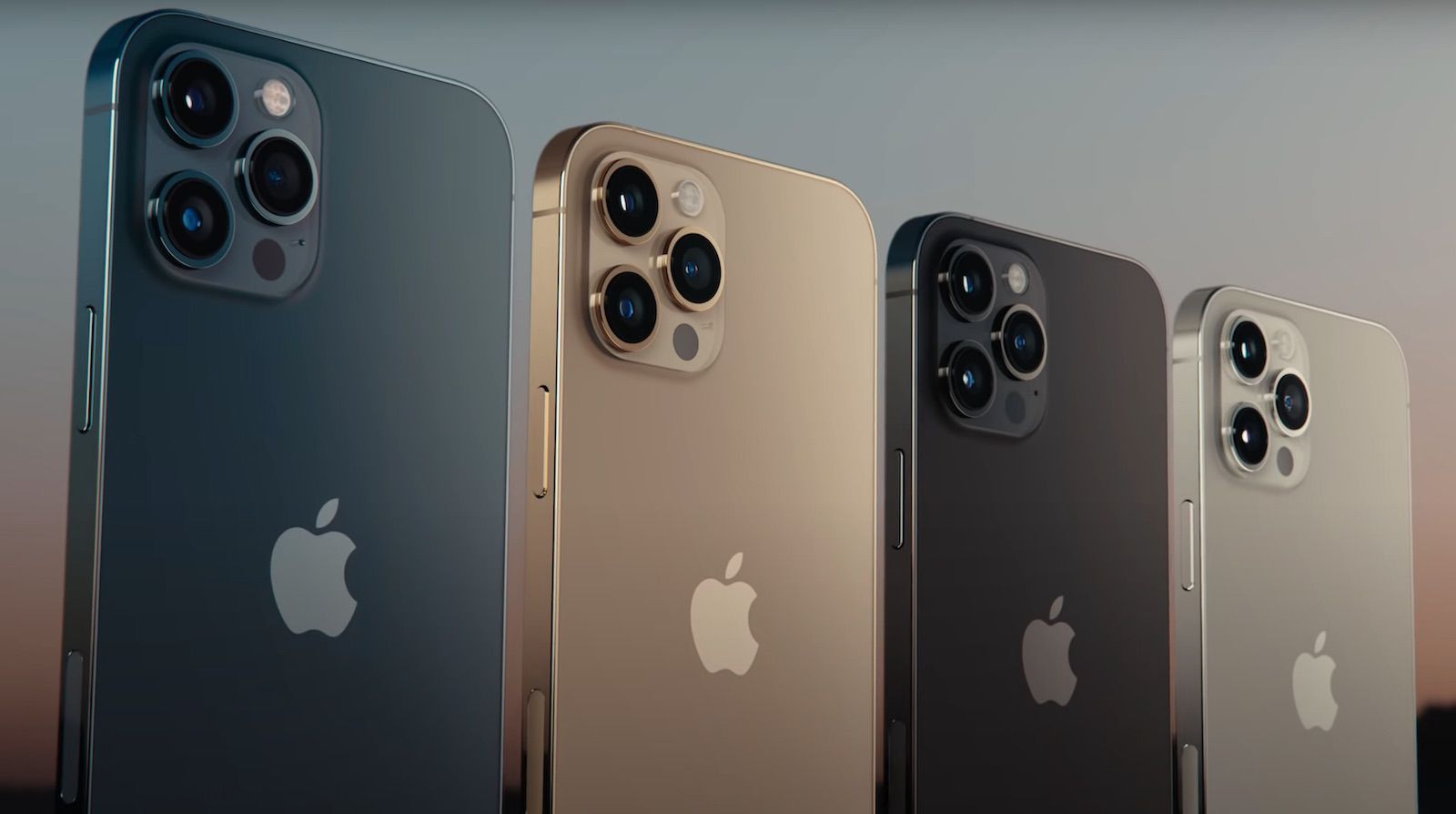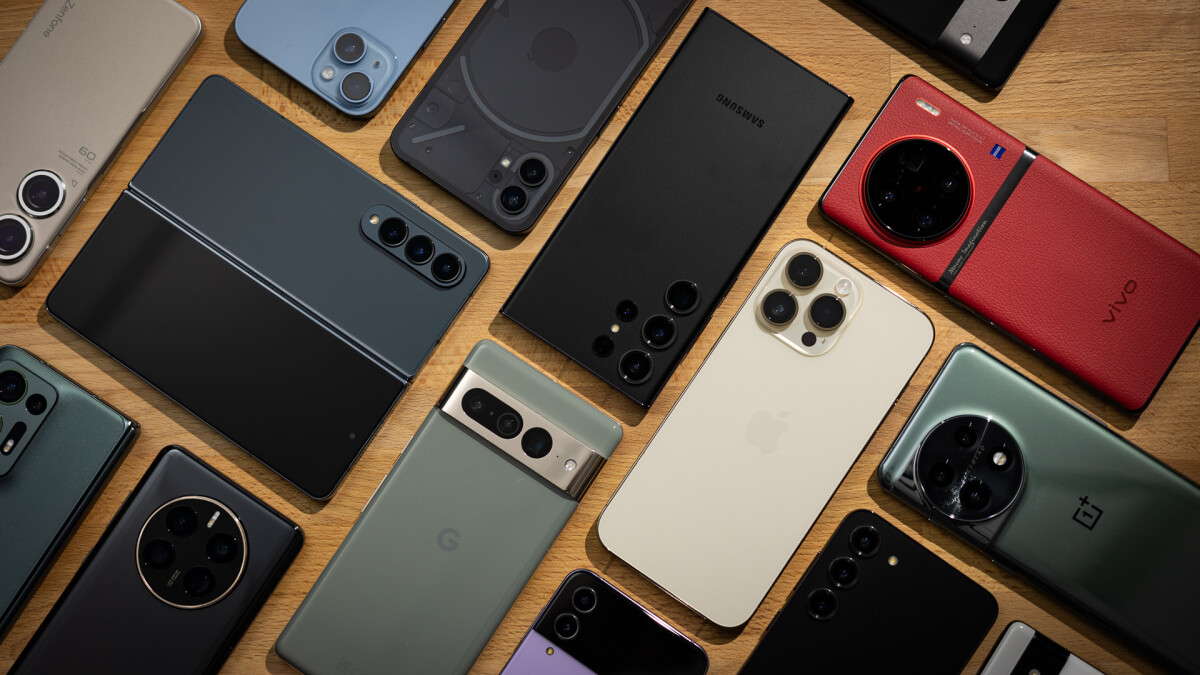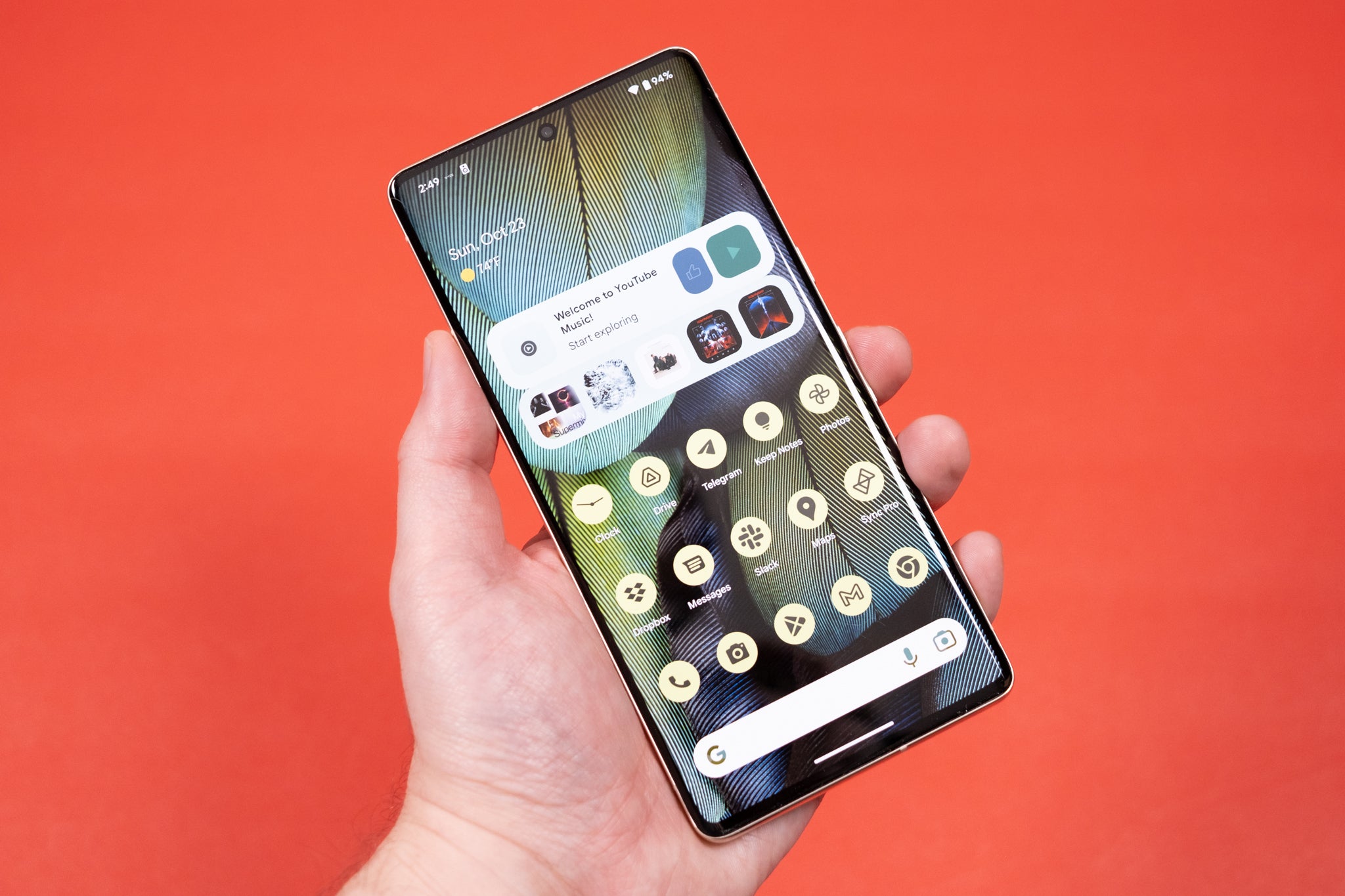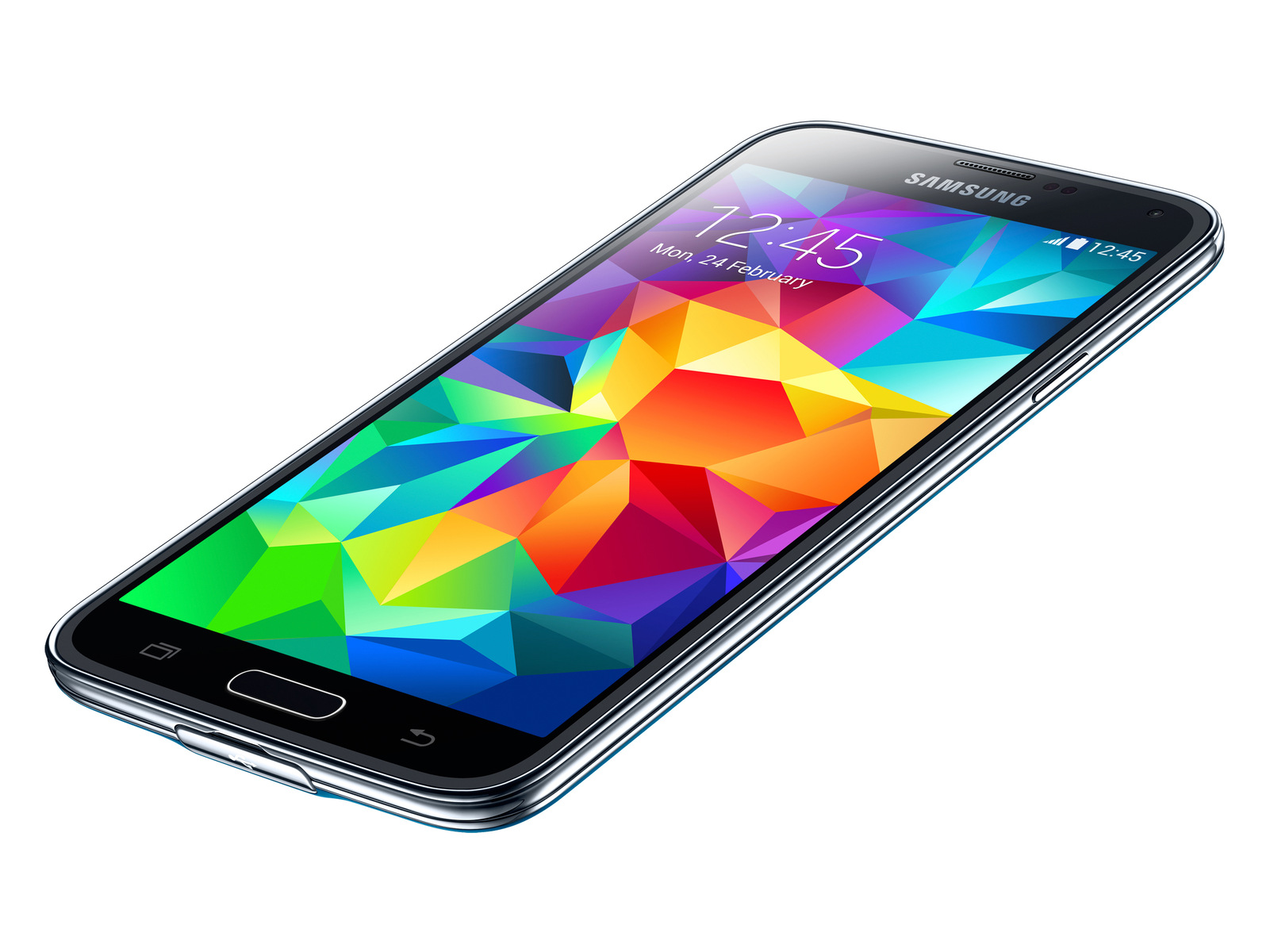Introduction
Have you ever wondered how much RAM your phone really needs? Random Access Memory, commonly known as RAM, plays a vital role in the performance of our smartphones. It acts as a temporary storage area for data that is actively being used by the device. Every app you open, every photo you view, and every video you watch relies on your phone’s RAM.
Understanding how much RAM your phone needs is crucial when making a purchasing decision or optimizing the performance of your current device. Too little RAM can lead to sluggish performance and difficulty running multiple apps simultaneously, while too much RAM might seem like overkill and unnecessary expense. Finding the right balance is the key.
In this article, we will delve into the fascinating world of smartphone RAM. We will explore the basics of RAM, discuss how it affects phone performance, and provide insights into the factors you should consider when choosing the right amount of RAM for your phone. Whether you are a tech enthusiast or simply looking to make an informed decision about your next smartphone purchase, this article is here to guide you.
So, if you have ever wondered how much RAM your phone really needs, sit back, relax, and let’s dive in!
The Basics of RAM
Before we dive into the specifics of how much RAM a phone needs, let’s first understand the basics of RAM and how it functions in a smartphone.
RAM is a type of computer memory that is used to store data that is actively being used by the device at a given time. Unlike the storage space on your phone, which holds files and applications even when they are not actively in use, RAM provides temporary storage that allows your phone to quickly access and retrieve data.
Think of RAM as your phone’s working memory. When you open an app, the necessary files and data are loaded from the storage and stored in RAM, making them readily accessible to the processor. This allows your phone to quickly and efficiently execute tasks, switch between apps, and multitask without noticeable lag or delays.
One important thing to note is that RAM is volatile, meaning it loses its data when the power is turned off or when the device restarts. This is why you might notice that your phone feels faster after a restart, as it clears out the RAM and starts fresh.
The amount of RAM in a smartphone is typically measured in gigabytes (GB). The more RAM your phone has, the more data it can store and quickly access, which translates into smoother performance and better multitasking capabilities.
However, it is important to remember that RAM is only one component of a phone’s overall performance. The processor, GPU (Graphics Processing Unit), and software optimization also play significant roles. It is the combination of all these factors that determines how well a phone performs in day-to-day use.
Now that we have covered the basics of RAM, let’s delve deeper into how it affects phone performance and the factors you should consider when choosing the right amount of RAM for your device.
How RAM Affects Phone Performance
RAM plays a crucial role in determining the performance and responsiveness of a smartphone. The amount of RAM a phone has can directly impact how smoothly it runs, especially when running multiple apps or performing resource-intensive tasks. Here’s how RAM affects phone performance:
1. App Loading and Switching: The more RAM your phone has, the quicker it can load and switch between apps. With ample RAM, apps can be kept in memory, allowing them to resume instantly when you switch back to them. Insufficient RAM can lead to delays and longer loading times, affecting the overall user experience.
2. Multitasking: RAM is crucial for multitasking on a smartphone. When you have multiple apps running simultaneously, each app requires a portion of the available RAM. If your phone’s RAM is insufficient, you may experience slowdowns, app crashes, or the need for apps to reload when switching between them.
3. Gaming and Resource-Intensive Tasks: Mobile games and other resource-intensive tasks require a significant amount of RAM to run smoothly. More RAM allows the device to store game assets and other data, resulting in seamless gameplay and faster loading times. Insufficient RAM may lead to game lag, stuttering, or even the inability to play certain games altogether.
4. System Performance: RAM also has an impact on the overall system performance of your phone. A device with ample RAM will be able to handle background processes, system updates, and additional features more efficiently. This leads to a smoother and more responsive user experience, even when handling complex tasks.
It is important to note that while more RAM generally corresponds to better performance, there may be diminishing returns beyond a certain point. This is because the device’s hardware and software need to be optimized to effectively utilize the available RAM. Simply increasing the RAM size may not always result in significant performance improvements.
Now that we understand how RAM affects phone performance, let’s explore the factors you should consider when choosing the right amount of RAM for your device.
Factors to Consider When Choosing RAM for a Phone
When selecting the amount of RAM for your phone, there are several factors to consider. The right amount of RAM will depend on your usage patterns, budget, and future-proofing requirements. Here are some important factors to keep in mind:
1. User Requirements: Consider how you use your phone on a daily basis. Do you typically use multiple apps simultaneously or perform resource-intensive tasks like gaming or video editing? If so, opting for higher RAM capacity will ensure smoother performance and better multitasking capabilities.
2. Future-Proofing: It’s important to think about the future when choosing the RAM for your phone. As apps and operating systems become more demanding in terms of memory usage, having ample RAM will help your phone stay relevant for a longer period. Aim for a balance between current and future needs.
3. Budget Constraints: RAM capacity can significantly impact the price of a phone. Consider your budget and prioritize your needs accordingly. If you are a casual user who mainly uses social media apps and performs basic tasks, a phone with lower RAM capacity may suffice and save you some money.
4. Software Optimization: Take into account the software optimization of the phone. Some smartphone manufacturers optimize their devices to perform well with lower RAM capacities by utilizing efficient software algorithms. In such cases, a lower RAM capacity may still deliver satisfactory performance.
5. Operating System: Different operating systems have varying RAM requirements. For example, Android devices generally require more RAM compared to iOS devices for similar performance. If you are an Android user, you may want to consider a higher RAM capacity to ensure smooth operation.
It’s important to note that while RAM is an essential component for phone performance, it is only one piece of the puzzle. Consider the overall hardware specifications, such as the processor, GPU, and storage capacity, in conjunction with the RAM when making a decision.
By carefully considering these factors, you can choose the right amount of RAM for your phone that aligns with your usage patterns and budget, ensuring optimal performance and user experience.
What is the Minimum RAM Required for a Phone?
The minimum RAM required for a phone can vary depending on several factors, such as the operating system, the phone’s hardware specifications, and the specific tasks and apps you intend to use. While there is no set minimum RAM requirement that applies to all phones universally, there are some rough guidelines to consider.
For basic smartphone tasks like making calls, sending messages, browsing the web, and using social media apps, a phone with 2GB or 3GB of RAM should suffice. These lower RAM capacities are often found in budget-friendly devices that are designed for casual users with minimal multitasking needs.
However, it’s worth noting that as app requirements and software complexity increase, a higher amount of RAM may be necessary to maintain smooth performance. This is especially true for resource-intensive tasks such as gaming, video editing, or running multiple heavy apps simultaneously.
For a more seamless multitasking experience and the ability to handle demanding apps and games, a phone with 4GB to 6GB of RAM would be ideal. This range is suitable for most average users who engage in moderate multitasking and use a variety of apps on a regular basis.
For power users, gamers, or those who frequently work with resource-intensive apps, or who want to future-proof their device, it is recommended to opt for a phone with 8GB or more of RAM. These higher RAM capacities allow for smoother multitasking and ensure that the device can handle demanding tasks without slowdowns or lag.
Ultimately, the minimum RAM required for a phone will depend on your usage patterns and individual needs. It’s always a good idea to consider the specific apps and tasks you intend to use your phone for and choose a RAM capacity that aligns with those requirements.
Remember, RAM is just one component that contributes to overall phone performance. Factors such as the processor, GPU, and software optimization also play vital roles. So, when deciding on the minimum RAM requirement for your phone, consider the device’s overall hardware specifications in conjunction with the RAM capacity.
Recommended RAM for Different Types of Phone Users
The amount of RAM you need for your phone will largely depend on your usage patterns and the specific tasks or apps you frequently use. Here are some general recommendations for different types of phone users:
1. Casual Users: If you primarily use your phone for basic tasks like browsing the web, social media, making calls, and sending messages, a phone with 2GB to 3GB of RAM should be sufficient. This RAM capacity will provide a smooth experience for everyday activities without breaking the bank.
2. Average Users: For users who engage in moderate multitasking and use multiple apps simultaneously, a phone with 4GB to 6GB of RAM is recommended. This RAM capacity can handle tasks like gaming, streaming videos, managing email, and using various productivity apps without significant slowdowns or performance issues.
3. Power Users: Power users who frequently work with resource-intensive apps, play demanding games, or heavily multitask should consider a phone with 8GB or more of RAM. This higher RAM capacity ensures smooth performance and enables seamless multitasking, even when running multiple heavy apps or games simultaneously.
4. Gamers: Gaming enthusiasts who want to enjoy the latest, high-end mobile games should consider a phone with at least 6GB to 8GB of RAM. This RAM capacity ensures smoother gameplay, faster loading times, and the ability to handle the demanding graphics and processing requirements of modern mobile games.
5. Future-Proofing: If you are someone who likes to keep your phone for several years or wants to future-proof your device, considering a phone with higher RAM capacity is recommended. Opting for 6GB or more of RAM ensures your phone remains capable of handling future app updates and software advancements without sacrificing performance.
Remember, these recommendations are general guidelines and can vary depending on the specific hardware, software optimization of the phone, and personal preferences. It is always advisable to choose a RAM capacity that aligns with your specific usage needs and budget.
Additionally, keep in mind that RAM is just one aspect of phone performance. Other factors such as the processor, GPU, storage capacity, and software optimization also contribute to the overall user experience. Considering these factors in combination with the recommended RAM capacity will help you make an informed decision when choosing a phone.
Does More RAM Mean Better Performance?
When it comes to RAM and phone performance, the relationship is not as simple as “more RAM equals better performance.” While having more RAM can certainly improve the performance of a phone in certain scenarios, it is not always the sole determining factor. Here are some important points to consider:
1. Multitasking and App Performance: Having more RAM allows your phone to handle multiple apps and tasks simultaneously without slowing down. This means you can switch between apps quickly and seamlessly, and apps won’t have to reload from scratch when you revisit them. So, if you frequently multitask or use resource-intensive apps, more RAM can lead to smoother performance.
2. Future-Proofing: Investing in a phone with higher RAM capacity can help future-proof your device. As app requirements and software become more demanding, having ample RAM ensures that your phone will be able to handle future updates and advancements in app functionality without experiencing significant performance issues.
3. Optimization and Software: The optimization of the phone’s hardware and software also plays a crucial role in performance. Phones with well-optimized software and efficient memory management systems can deliver smooth and responsive performance even with lower RAM capacities. Conversely, a phone with a high RAM capacity but poor optimization may still struggle with performance issues.
4. Diminishing Returns: There can be diminishing returns in terms of performance gains with increasing RAM capacity. Beyond a certain point, the additional RAM may not provide noticeable improvements in day-to-day performance. This is because the device’s hardware and software need to effectively utilize the available RAM for optimal performance.
5. Other Factors: It’s important to consider that RAM is just one component that contributes to overall phone performance. The processor, GPU, storage speed, and software optimization also play significant roles. A phone with a powerful processor, fast storage, and efficient software optimization may still deliver great performance even with a moderate amount of RAM.
In summary, while more RAM can enhance performance in certain scenarios, it is not the sole factor that determines a phone’s performance. The optimization of hardware and software, along with other components like the processor, also play crucial roles. When choosing a phone, it’s important to consider the overall package and how it aligns with your usage patterns and requirements.
How Much RAM Do Popular Phone Brands Offer?
RAM capacity varies among different phone brands and models. Here’s an overview of the RAM offerings from some popular phone brands:
1. Apple: Apple iPhones typically come with varying RAM capacities depending on the model. As of the latest models, the iPhone 13 series comes with 4GB of RAM, while the iPhone 13 Pro and Pro Max models offer 6GB of RAM. Apple is known for its efficient software optimization, and despite having lower RAM capacity compared to some Android counterparts, iPhones deliver smooth performance.
2. Samsung: Samsung offers a wide range of smartphones with different RAM configurations. Their flagship Galaxy S series and Galaxy Note series often come with 8GB or 12GB of RAM, while their mid-range and budget phones usually have 4GB to 6GB of RAM. Samsung also introduced devices with 16GB of RAM for those seeking maximum performance and multitasking capabilities.
3. OnePlus: OnePlus devices are known for their high RAM capacities, catering to power users and gamers. Most recent OnePlus flagship phones come with 8GB or 12GB of RAM, providing powerful performance and smooth multitasking experiences. However, some budget-friendly OnePlus models may have lower RAM options, starting from 4GB or 6GB.
4. Google: Google’s Pixel phones usually feature a balance between RAM and software optimization. The RAM capacity on Pixel devices typically ranges from 4GB to 8GB. Despite having relatively lower RAM compared to some competitors, Google’s focus on software optimization ensures excellent performance and smooth user experience.
5. Xiaomi: Xiaomi offers a wide range of phones with varying RAM capacities across different price segments. Their flagship Mi and Redmi Note series often come with 6GB to 8GB of RAM, while their budget-friendly devices may start from 4GB of RAM. Xiaomi also offers phones with higher RAM options of 12GB or even 16GB for those seeking maximum performance.
6. Huawei/Honor: Huawei and its subsidiary brand, Honor, typically offer smartphones with a range of RAM options. Their flagship devices often feature 8GB or 12GB of RAM, while their mid-range and entry-level phones may start from 4GB or 6GB of RAM. It’s important to note that due to recent trade restrictions, newer Huawei and Honor devices lack Google Mobile Services and its associated app ecosystem.
It’s important to remember that RAM capacity is not the only factor that defines a phone’s performance. The combination of RAM, processor, GPU, and software optimization all contribute to the overall user experience. Therefore, it’s essential to consider the entire package and how it aligns with your specific needs and budget when choosing a phone.
Ways to Optimize RAM Usage on a Phone
Optimizing RAM usage on your phone can help improve performance, enhance multitasking capabilities, and ensure a smoother user experience. Here are some effective ways to optimize RAM usage on your phone:
1. Close Unused Apps: Keep an eye on the apps running in the background and close those that are not actively being used. This frees up valuable RAM space and prevents unnecessary strain on your device’s resources.
2. Limit Background Processes: Some apps run background processes even when not in use, consuming RAM and impacting performance. Go to your phone’s settings and adjust the permissions and background activity settings for apps that tend to use excessive resources.
3. Clear App Cache: Over time, apps accumulate cache data, which can take up a significant amount of RAM. Regularly clear the cache of individual apps or use the built-in system tools to clear app cache to free up memory.
4. Restrict App Notifications: Apps that send frequent notifications can consume RAM and impact device performance. Review and limit notifications for apps that are not essential or that you don’t need constant updates from.
5. Disable or Uninstall Bloatware: Many smartphones come preloaded with bloatware or unnecessary apps that you may not use. Disable or uninstall such apps to reclaim valuable RAM and storage space.
6. Use Lite Versions or Alternatives: Some apps have lighter versions or alternative apps that are designed to use fewer system resources. Consider using these versions or alternatives to reduce RAM usage while still enjoying the essential features of the app.
7. Use a Task Killer/Manager App: Task killer or manager apps can help identify and close resource-intensive apps running in the background. However, be cautious when using these apps, as they can sometimes negatively impact system stability and kill necessary processes.
8. Keep Your Phone Updated: Software updates often include performance optimizations and bug fixes that can improve RAM usage and overall system performance. Regularly update your phone’s operating system and apps to benefit from these improvements.
9. Restart Your Phone: Restarting your phone clears the RAM and releases any accumulated temporary data, providing a fresh start and potentially improving performance. Consider restarting your device periodically, especially if you notice performance slowdowns.
10. Limit Widgets and Live Wallpapers: Widgets and live wallpapers constantly run in the background and consume system resources, including RAM. Minimize the number of widgets on your home screen and consider using static wallpapers to reduce RAM usage.
By implementing these optimization techniques, you can effectively manage and optimize your phone’s RAM usage, resulting in improved performance, smoother multitasking, and a better overall user experience. Remember that the specific methods and settings for optimizing RAM usage may vary depending on your phone’s manufacturer and operating system version.
Conclusion
RAM is a critical component in determining the performance and responsiveness of a smartphone. Selecting the right amount of RAM for your phone is essential for optimal multitasking capabilities and smooth operation of apps and tasks. While there is no one-size-fits-all answer to how much RAM a phone needs, considering your usage patterns, future-proofing requirements, and budget constraints can help guide your decision.
Remember that RAM is not the sole determinant of phone performance. Factors such as the processor, GPU, software optimization, and overall hardware specifications also contribute to the overall user experience. It’s important to strike a balance between RAM capacity and other essential components when selecting a phone.
Keep in mind that optimization techniques, such as closing unused apps, clearing app cache, and limiting background processes, can help optimize RAM usage and enhance performance. Regularly updating your phone’s software, managing notifications, and utilizing lightweight versions or alternatives of apps can also contribute to efficient RAM utilization.
Ultimately, the right amount of RAM for your phone depends on your specific needs, preferences, and usage habits. By considering these factors and making an informed decision, you can ensure that your phone performs optimally and provides a seamless user experience.
So, whether you’re a casual user, a power user, or a gaming enthusiast, understanding the basics of RAM, its impact on phone performance, and the factors to consider when choosing the right amount of RAM will empower you to make the best decision that aligns with your requirements.







